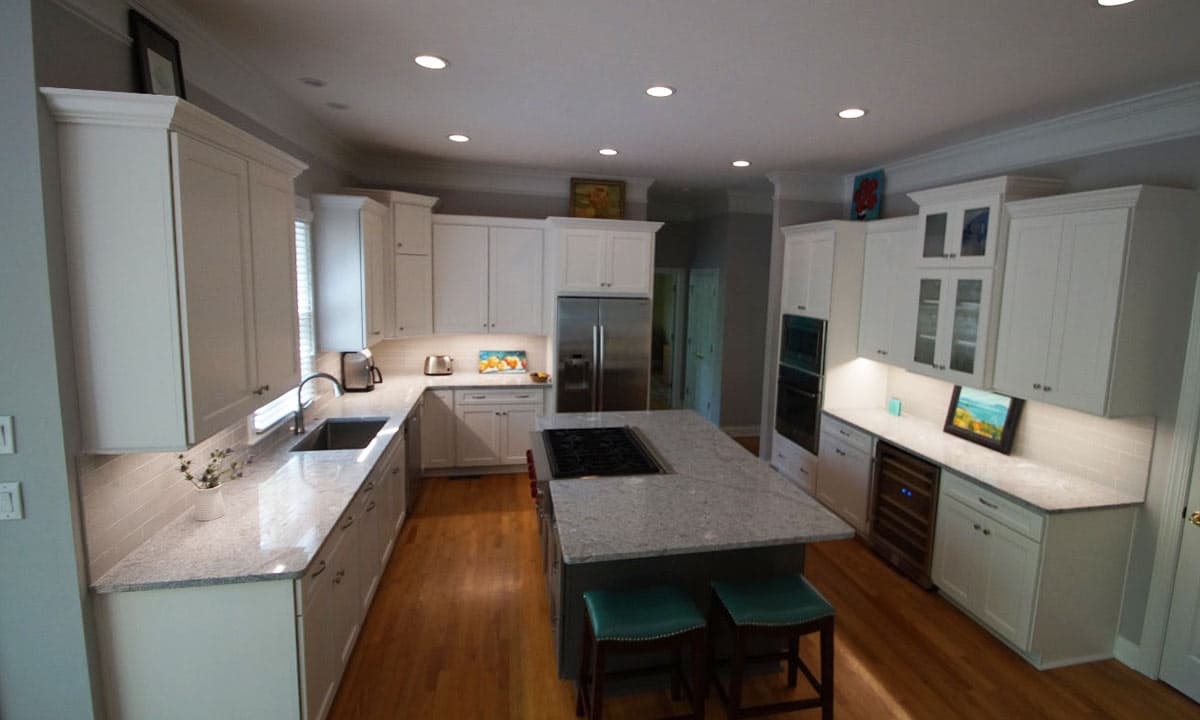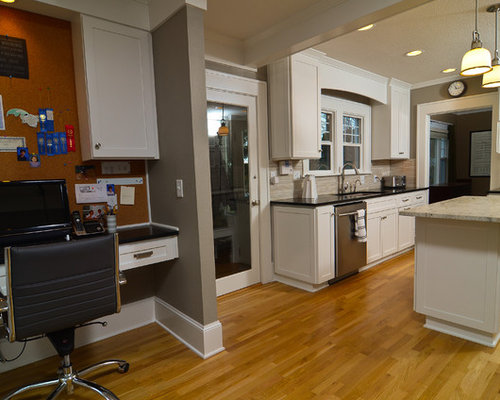Kitchen: The Form and Function
The kitchen of any household is the most important room in the home. It is where food is stored and prepared, and food is a vital resource for all life.
The kitchen, did not become a separate room in most homes until the 19th century. Before that, it was relegated to an outbuilding, or food was cooked using an open flame in the fireplace. The earliest stoves were enclosed and fueled by wood or coal. The basic technology used in kitchens today was still in its infancy by the late 19th century, and it was not available to the public until later. Its evolution is based on the invention of the stove, and the availability of running water to the home.Gas stoves were invented by the 1850s, but they weren't widely available until the 20th century, when gas pipes were available in the home. This is also true for the electric stove, which was invented by the turn of the century, but household electricity was not available until the 1930s. Plumbing systems for individual household units wasn't accessible until the mid 20th century. Ice box storage was available early, but it refrigeration systems were not introduced into the home until after the turn of the century. After the addition of the basic appliances, kitchen technology continued to evolve with the introduction of dishwashers, garbage disposals, and microwaves. Today, all fully-functioning kitchens must have at the very least a refrigerator, stove, and sink. These appliances have turned what once was an outhouse, or an addition to the living room, into a standard household living area.
As a result of these functional changes to the galley. The room is now often used as a center piece for the rest of the home, and there are several different design standards for doing this. Developments in stove ventilation, and changes in food preparation have made the open kitchen one of the most popular choices. This design blends the kitchen with the living room, and the range hood makes this functionally possible. It ventilates the air so that the smell of prepared food does not carry out into the rest of the house. High ceilings are added to allow for even better ventilation. A lot of the latest food preparation techniques require little cooking, and so this design lends itself to more socialization. Developments in building materials have also created changes in the overall look of the galley. Stainless steel appliances, as well as granite and marble countertops are all used to blend basic elements with aesthetic appeal. In the most extravagant, the design features might include custom-designed cabinetry, and matching panels for the appliances.
The modern galley has evolved beyond necessity and function. Technology and design has turned a small addition of the home into an architectural masterpiece, where families can socialize and enjoy their food.








0 Response to "Kitchen: The Form and Function"
Post a Comment